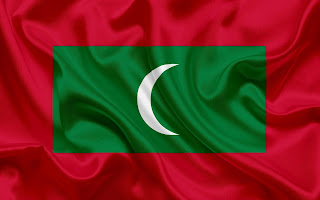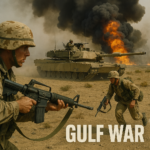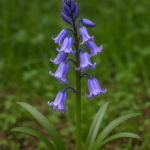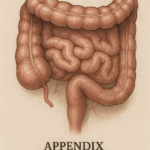
Maldives, officially the Republic of Maldives, is an island nation on the Indian subcontinent Asia, in the Indian Ocean, southwest of Sri Lanka and India, about 750 kilometers from the Asian continent. Maldives has an area of 298 square km. It is a popular holiday destination because of its rare coralline beaches and white sand.
99% of the Maldives is water.
The Maldives has been inhabited since at least the 5th century BC by Buddhist peoples, presumably from Sri Lanka and southern India.
Its official language is Maldivian (Dhivehi).
The Maldives were occupied by the Portuguese in the 16th century, then the Dutch in the 17th century and then later by the British after they took control of Ceylon (Sri Lanka) in 1796.
Maldives’ official currency is the Maldivian rufiyaa (MVR).
The Maldives became a British protectorate in 1887, then a republic within the Commonwealth in 1953 before finally gaining complete independence in 1965.
The Maldives consists of 1192 coral islands grouped in 26 atolls arranged in a north to south directions spread over the Indian Ocean for roughly 90,000 square kilometers (35,000 square miles).
The flag of the Maldives is a white crescent on a green panel surrounded by a red background. The white crescent and green colour represent the national religion, Islam, as well as progress, prosperity, and peace. The red represents the “heroes who sacrificed themselves for the nation”.
Maldives has two seasons: the winter northeastern monsoon season and the rainy southwestern summer monsoon season.
Over 80% of the Maldives’ islands are less than one metre (3.3ft) above sea level.
People from India were the first to officially colonize these islands, sometime before 269 B.C.
The Maldives have one of the world’s lowest average elevations at just 2 meters.
The customs and people of the Maldives were greatly influenced by Indians, Sri Lankans, North Africans, Arabs and Europeans traveling through the trade routes of the Indian Ocean.
The highest point in the Maldives is the eighth tee of a golf course on Villingi Island. At just 5m (16.4ft), it is the world’s lowest high point.
The people of the Maldives converted to Islam in 1153 A.D. and today it is a strictly Muslim nation.
The Maldives is one of 27 countries that do not have a single UNESCO World Heritage Site.
Maldives is the smallest Muslim country in the entire world.
In 2009, the Maldives government held the world’s first underwater cabinet meeting as a symbolic appeal for help over rising sea levels threatening the country.
Maldives is the smallest country in South Asia.
The Maldives’ economy is centred around tourism with many (around 80) of the islands developed as resorts for the high-end tourism industry.
The Maldives take their weekend on Friday and Saturday, not Saturday and Sunday as the western countries do because of Muslim tradition.
The name of the capital, Male, comes from the Sanskrit word “mahaalay” meaning “big house”.
The Maldives is the flattest country in the world with an average ground level across the country is just 4 feet and 11 inches.
Cowrie shells (Cypraea moneta) used to be currency in the Maldives. The shells have also been used as currency by by the Chinese, Hawaiians, West Africans and the Ojibwa Indians of North America.
The word “atoll” is the only English word derived from Dhivehi, the Maldivian language. The original word is atholhu, which translates to “a ring-like formation of coral islands surrounding a lagoon.”
The Maldives is home to the UNESCO-designated Baa Atoll Biosphere Reserve. The reserve is made up of 75 islands, supports one of the largest collections of coral reefs in the Indian Ocean and is a vital feeding and breeding ground for manta rays and whale sharks.
Visitors must obey local laws and traditions: no alcohol is allowed (outside of the resorts).
Measured by surface area, the Maldives is the world’s ninth-smallest sovereign nation.
Maldivians developed their own language and cultural identity.
The Maldives is home to five of the world’s seven species of marine turtles the green turtle (Chelonia mydas), hawksbill turtle (Eretmochelys imbricata), loggerhead turtle (Caretta caretta), leatherback turtle (Dermochelys coriacea) and the olive ridley turtle(Lepidochelys olivacea). The most common nesting species in the Maldives are the green and hawksbill species.
The Maldives are ranked the world’s third most endangered nation due to flooding from climate change and global warming.
The national symbols of the Maldives are the coconut palm and yellowfin tuna.









